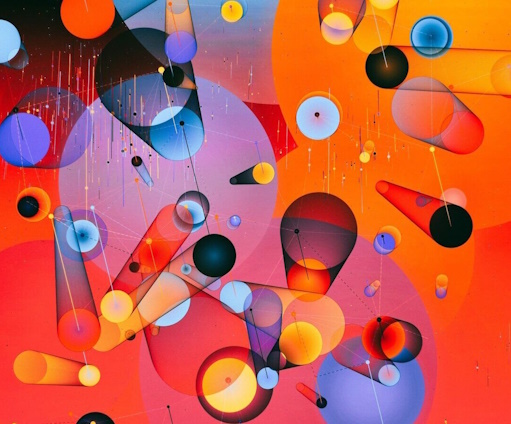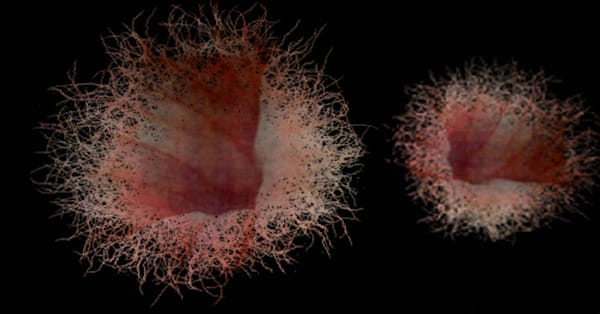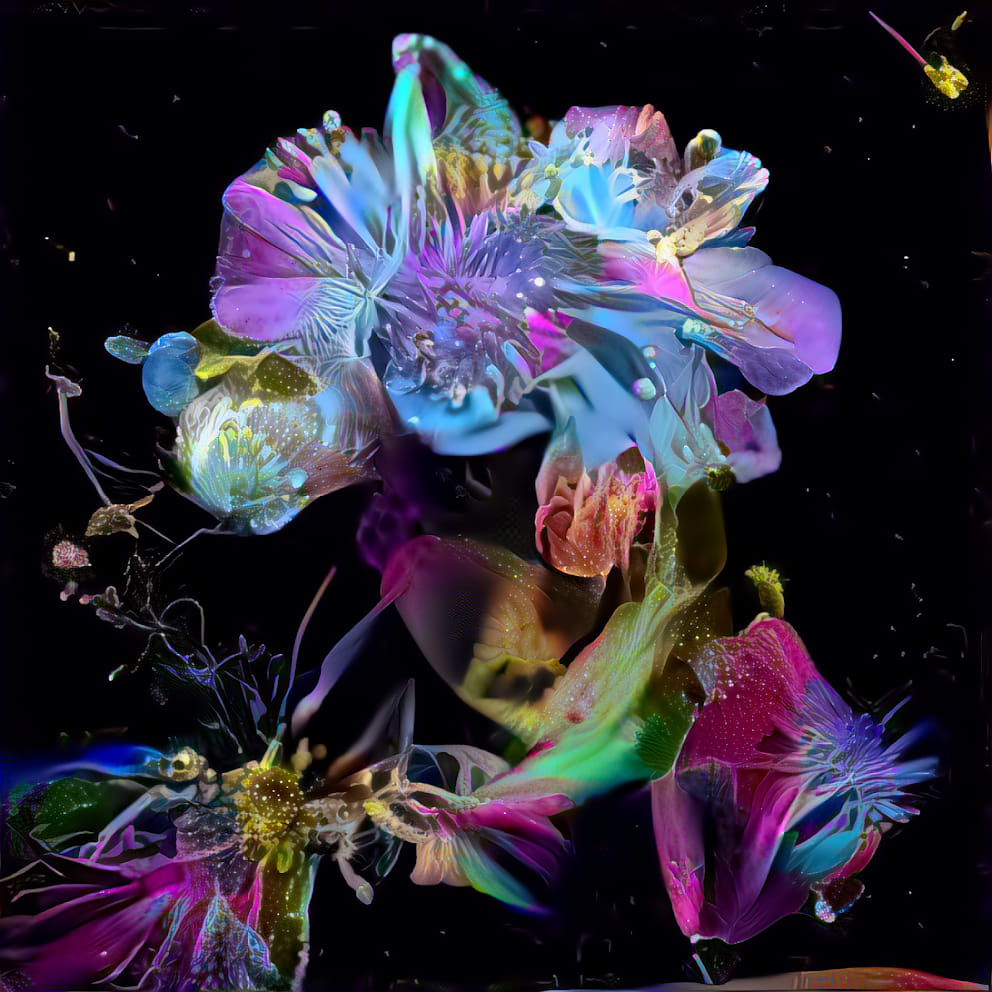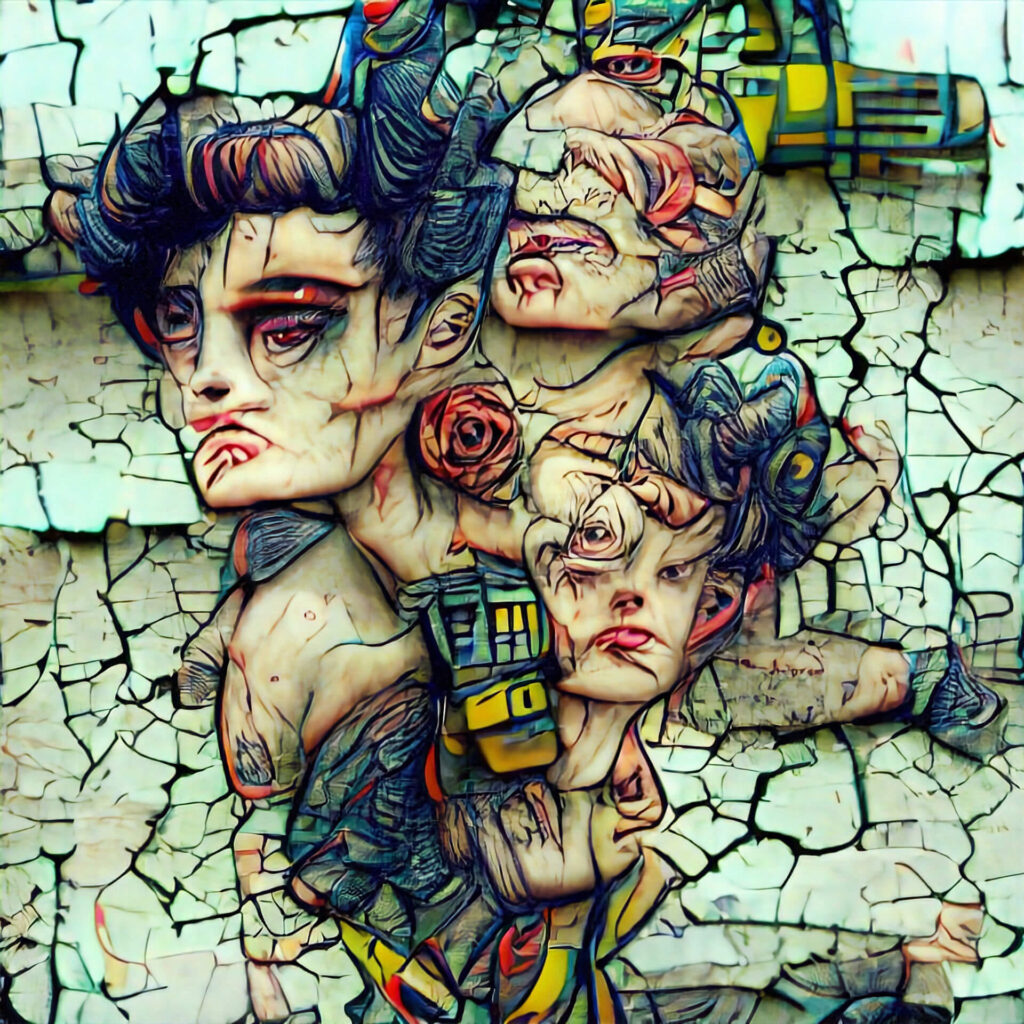
Computation Meets Creation: The Rise of AI Art

Generative or AI art inhabits the cutting-edge of creative innovation, synthesizing technology and artistic imagination to generate artworks imbued with a generative vitality. At its core, generative art utilizes algorithms, code, artificial intelligence and other computational tools to create artworks with unprecedented dynamism, complexity and autonomous creativity.
The conceptual origins
The conceptual origins of generative art date back to the 1950s and 60s, when computer art was still a fringe experiment. Visionaries like John Cage, Vera Molnár and Georg Nees began incorporating mathematical randomness and ceding some creative control to the machine, establishing foundational ideas that technology should not replace human creativity but rather expand it.
The Pioneers of AI Art
John Cage and Vera Molnár were pioneering artists in the 1950s-1960s who made important early contributions to the concepts and aesthetics that later coalesced into generative art.
Cage was an American avant-garde composer who became known for incorporating chance, randomness, and alternative systems into his musical compositions. In pieces like the 1952 composition 4'33", Cage explored how relinquishing control and allowing ambient sounds to comprise the music could expand traditional ideas about composition.
In his artworks, Cage often used the ancient Chinese divination text I Ching to make compositional choices by chance rather than conscious intent. He developed "chance operations" and algorithms using the I Ching to create poetry, visual art, and musical pieces with elements of unpredictability - an approach with strong resonance to later generative art. Cage championed the idea that artists should remove their own tastes and ego from art to reveal profound truths.
Vera Molnár is a Hungarian French artist who began experimenting with computer generated art in 1968, among the earliest artists to explore the creative potential of computation. Her plotted line drawings utilized early computers to generate algorithmic variations on geometric forms and grids. She systematically created experiments investigating subtle changes in parameters like lines, angles and intersections in these visual algorithmic explorations.

Molnár took a scientific, computational approach of using technology to extend her own human capabilities and imagination. By ceding some artistic control to computational processes, she was an early practitioner of key concepts underpinning generative art. Molnár continues creating plotter-based digital artworks exploring pattern variations into her 90s, making her one of the longest practitioners of computer-assisted art.
Both Cage and Molnár demonstrated how incorporating elements of chance, algorithms and computation into art could reveal new creative possibilities beyond human intent alone. Their pioneering use of early computing laid conceptual groundwork for the algorithms, autonomous systems and machine learning that power contemporary AI-based generative art. They took early steps to integrate technology as a complement rather than replacement for human creativity - a guiding ethos of generative art.
Other Contributors to AI Art's Evolution
In 1974, Harold Cohen took this exploration further by developing the first semi-autonomous generative art system: AARON. AARON was a software program capable of generating unique, stylistically coherent drawings without human intervention. Cohen spent decades refining AARON's capabilities, even exhibiting paintings in major museums like the Tate that he and AARON co-created. This watershed project demonstrated the vast creative potential of human-machine collaboration. (McCorduck, Pamela. Aaron's Code. 1991)
Emerging contemporaneously was the algorithmic art movement which also contributed foundational ideas to generative art. Algorithmic artists like Manfred Mohr, Vera Molnár and Roman Verostko explored using computational processes and mathematical principles to systematically generate artworks.
Molnár's computer-generated drawings investigated variations of geometric forms, while Mohr used algorithms to create abstract visualizations of cubist-like forms in motion. This laid the groundwork for generative art's extensive use of algorithms, cellular automata, recursion, fractals and other mathematical structures as creative engines.
Brian Eno pioneered generative music in the 1990s, creating systems that could algorithmically generate endless permutations of ambient music and MIDI melodies. Eno saw this as a way to create "virtual ecosystems" of sound that listeners could explore.
Philip Glass has also composed generative music installations controlled by audience movements. In generative music, algorithms make improvisational decisions normally made by the composer, adding an element of surprise.
Cureent Range and Breadth of AI Art
Today, generative art encompasses a kaleidoscope of media and technologies. 3D generative art utilizes evolutionary algorithms to create intricate biomorphic sculptures resembling coral or bone. Neural network algorithms generate vivid, dream-like landscapes in a neo-impressionist style.
Choreographers use motion capture to train generative algorithms on dance movements which are reassembled into novel piece. Generative poets use recurrent neural networks to autonomously generate verse modeled after specific styles and writers
Even architects are using generative design approaches, implementing algorithms that automatically generate and iterate on building forms and floorplans guided by structural constraints.
The Harmonous Balance Between Man and Machine
At its best, generative art strikes a harmonious balance between human and machine contribution. The human artist carefully designs the generative systems and imbues the work with an overarching creative vision.
Meanwhile, the machine interprets and assembles the components in unforeseen ways, acting as a collaborative partner in the creative process. This dance between predictable human intent and unpredictable machine imagination is what gives generative art its dynamism and depth. (Galanter, Philip. "Generative Art Theory." Victoria & Albert Museum, 2011)
As generative technology grows ever more powerful, this art movement will continue evolving in tandem. Museums like the Victoria & Albert and Tate Modern have held major generative art exhibitions, bringing it into the mainstream art world.
AI Artists Showcased at Top Notch Museums

Some of the artists thus showcased include Roman Verostko, Manfred Mohr, Joseph Nechvatal, Joseph Nechvatal, Amy Youngs and Scott Draves at the Victoria & Albert Museum, and Casey Reas, Sofia Crespo, Memo Akten, Mario Klingemann and Anna Ridler at the Tate Modern.
Prominent conferences like SIGGRAPH and Generative Art have provided platforms to showcase new directions and debate issues around generative art. The prominence of generative art in these major institutional exhibitions demonstrates its growing recognition and importance within the mainstream art world.

The Path Ahead
And while debates still rage regarding questions of authorship, intention, unpredictability and control, there is no doubt that generative art has opened trailblazing pathways to creative potential we are only beginning to explore.
As algorithms grow more advanced, the art is sure to become even more imaginative and alluringly interactive. Much as photography evolved from scepticism to an esteemed art form, generative art moves steadily toward acceptance as a fixture of the contemporary avant-garde.












